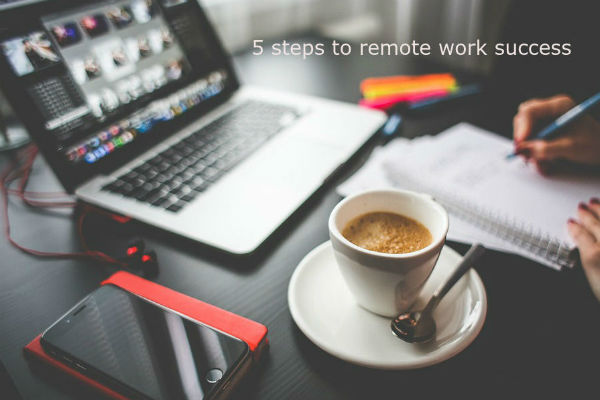People ask me all the time how to become a freelance writer. Sometimes people seem to think becoming a freelance writer is like setting up an office and putting out a sign: If you build it, they will come. This is false. Writing jobs almost never come to the freelancer; the freelancer has to find writing jobs one by one, sell herself and her ability to do that individual job, and get that job done — made to order, so to speak — on deadline, every time.
There’s no magic formula, but the ingredients I can identify for being a working freelance writer are: connections, ideas, time and persistence.
Connections
Some people start with connections. Other people are like me and research to find the right person to contact in order to find a gig. I cold email editors all the time, usually after scouring an outlet’s website or social media feeds for contact details. I ask one connection if they have another. It helps that I work full time in media and have media connections: If I know one editor at a certain outlet, they can usually direct me to the correct editor for the topic I want to freelance write about. Connections build on connections if you follow up. Freelancing requires being a consistent networker.
Ideas
You are selling your ideas as much as your writing. If you don’t have ideas — things you are longing to write about — you can’t be a freelance writer. Do you read your favorite blog or magazine and find yourself thinking, I wish I had written this? That’s the start. Write down you ideas. Develop them by brainstorming who you could interview to provide insight or where you might go to observe details. Sometimes the idea comes first; sometimes the outlet does. Matchmaking an idea to an outlet that might be interested in publishing it is a key part of the process.
Time
Freelancing takes an almost painful amount of time — which is why you have to be passionate about your ideas to do it. I don’t make my living freelancing, but I have for periods of three months at a time (while between full-time salaried jobs) and it’s really, really tough to make the cost/benefit ratio even out. I prefer freelancing with less concern for monetary ROI. There’s no consistent pay scale for freelancing: Jobs can pay anywhere from $50 per article to $800, in my experience, with no regard for how much work went into each. Freelancing for a living requires taking jobs you don’t love in order to make ends meet and to balance out the time involved in developing, pitching and executing each idea. At this point in my career, I freelance on the side on passion topics like beer and movies simply for the joy of writing about things I enjoy.
Persistence
Idea. Research editors and outlets, send a pitch. No response. Research and pitch again. Repeat. Get an assignment. Report and write. Revise. Repeat.
The cycle of freelancing is all hustle. The payoff is watching those bylines pile up. My best advice is to stop to enjoy the accomplishments. You worked hard for it!


